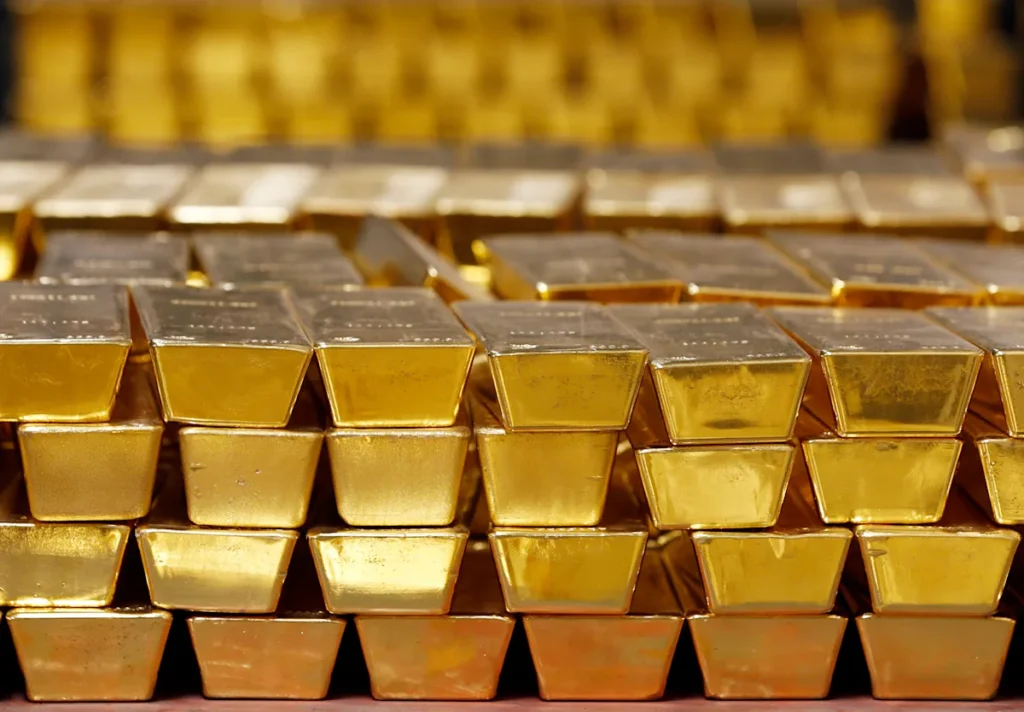Gold’s (GC=F) rise to all-time highs this year has sparked a growing appetite for tokenized bullion as investors look for ways to participate in “depreciation trading” but on the blockchain.
The precious metal issued as tokens uses the same technology that underlies cryptocurrencies, with the issuer ensuring that the tokens are backed by securely held physical gold and designed to accurately reflect the price of gold.
As gold reached new highs in October, stablecoin issuer Tether saw the value of its gold tokens (XAUT) increase by 60%. Tether noted that XAUT’s market capitalization increased from $1.44 billion at the end of last quarter to almost $2.1 billion last month, before the gold sell-off.
Tokenized gold currently only represents about 1% of the broader real asset market. While stablecoins backed by the U.S. dollar or short-term Treasuries boast a market cap of around $300 billion, tokenized gold is only around $3 billion, led by Tether’s XAUT and PAX gold.
Learn more: Are you considering buying gold? Here’s what investors should pay attention to.
“It’s really an alternative way for people to hold gold if they prefer to keep it in a (digital) wallet,” Will Peck, WisdomTree’s head of digital assets, told Yahoo Finance. “They can trade it 24/7, with peer-to-peer transferability.”
Another benefit is the potential use as collateral for loans.
“You’re seeing a continued devaluation of the U.S. dollar,” said Ian Kane, CEO of financial technology company Firepan. “Being able to acquire gold, take out a loan against it, have that capital through which my loan actually generates an additional return – and not have to worry about my principle being debased or devalued – that becomes really compelling.”
While tokenized gold can theoretically be exchanged for physical gold or traded like any other cryptocurrency, Peck sees it being used in a similar way to bitcoin (BTC-USD), with the two assets coexisting as a way to protect against inflation.
“Both gold and bitcoin have performed well in a world of rampant money printing. They play different but complementary roles as structurally deflationary assets,” Peck added.
In the United States, the tokenization drive has accelerated alongside new legislation this year that has fueled a surge in stablecoins, or digital tokens pegged to the U.S. dollar.
The crypto industry, as well as Wall Street heavyweights, want to make this trend mainstream. Robinhood (HOOD) CEO Vlad Tenev recently compared tokenization to a “freight train” that cannot be stopped. Larry Fink, CEO of BlackRock (BLK), said in a company newsletter this summer that the concept “is going to revolutionize investing.”




